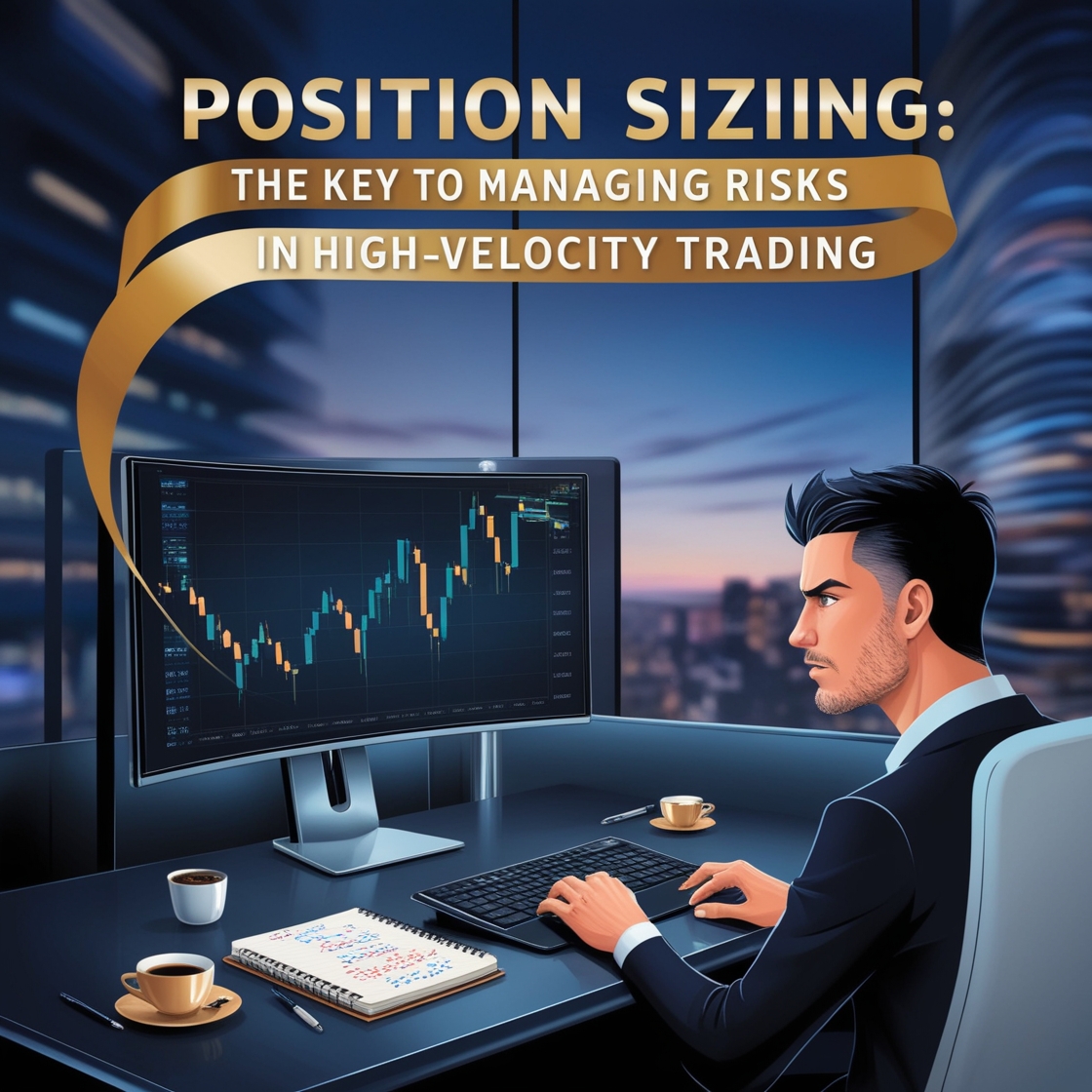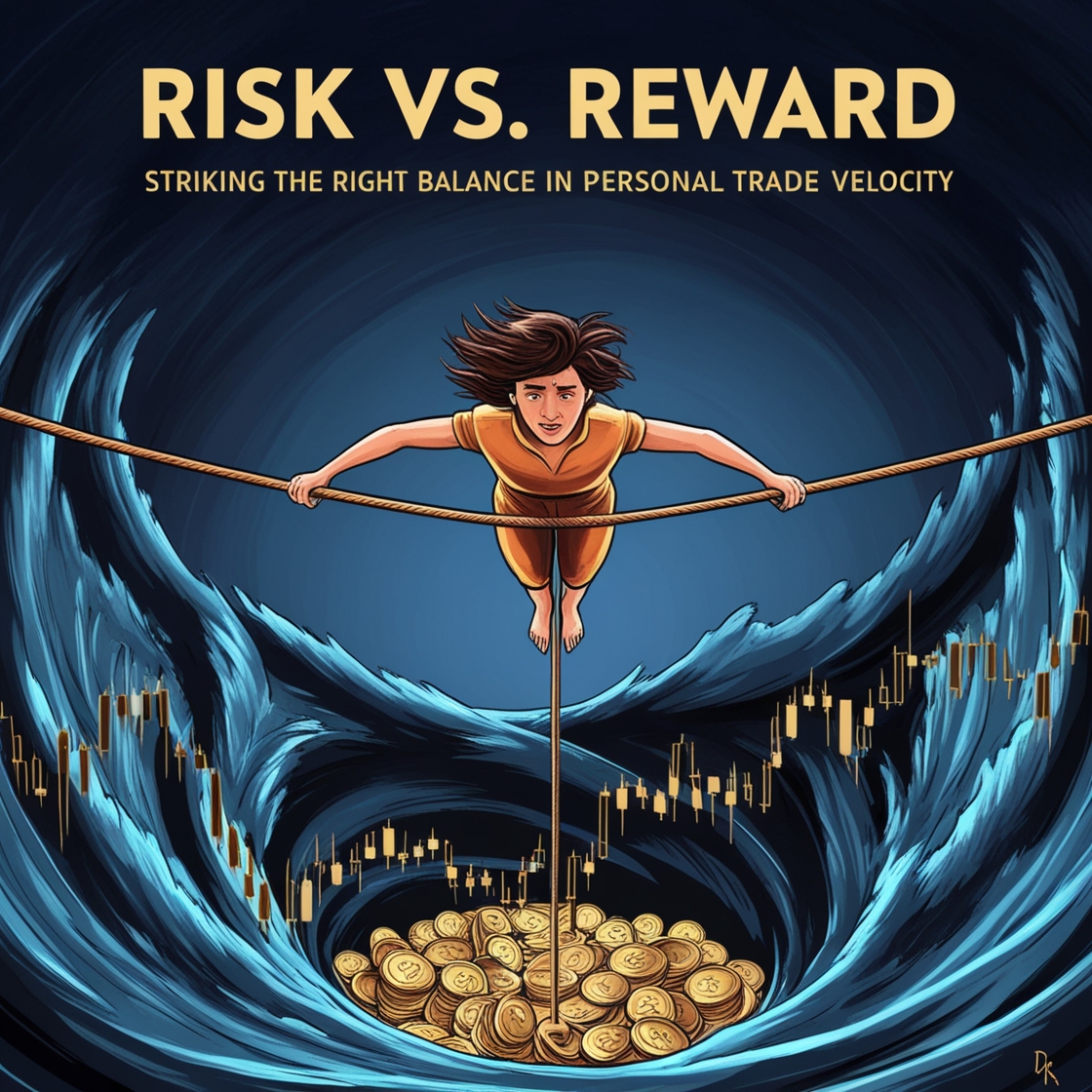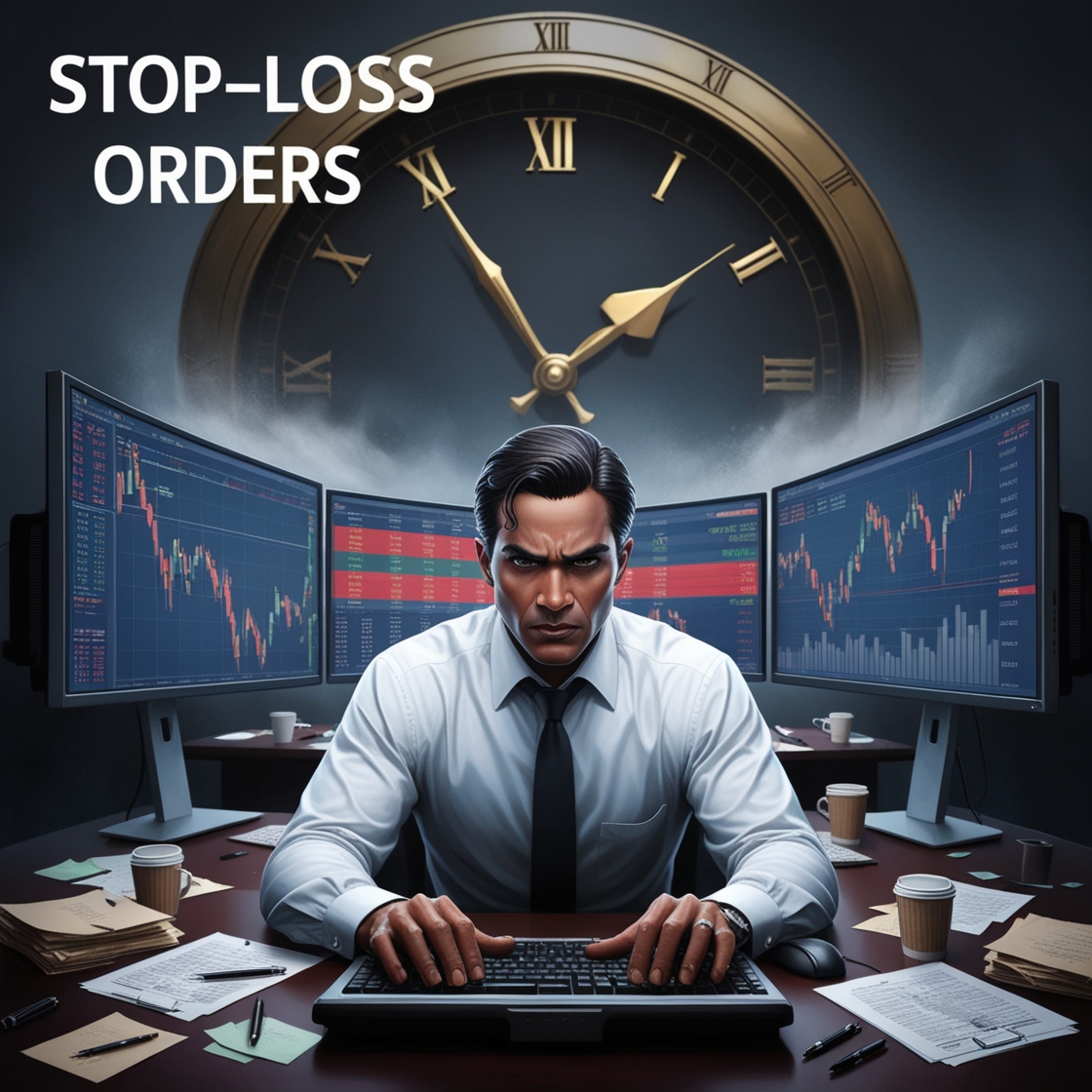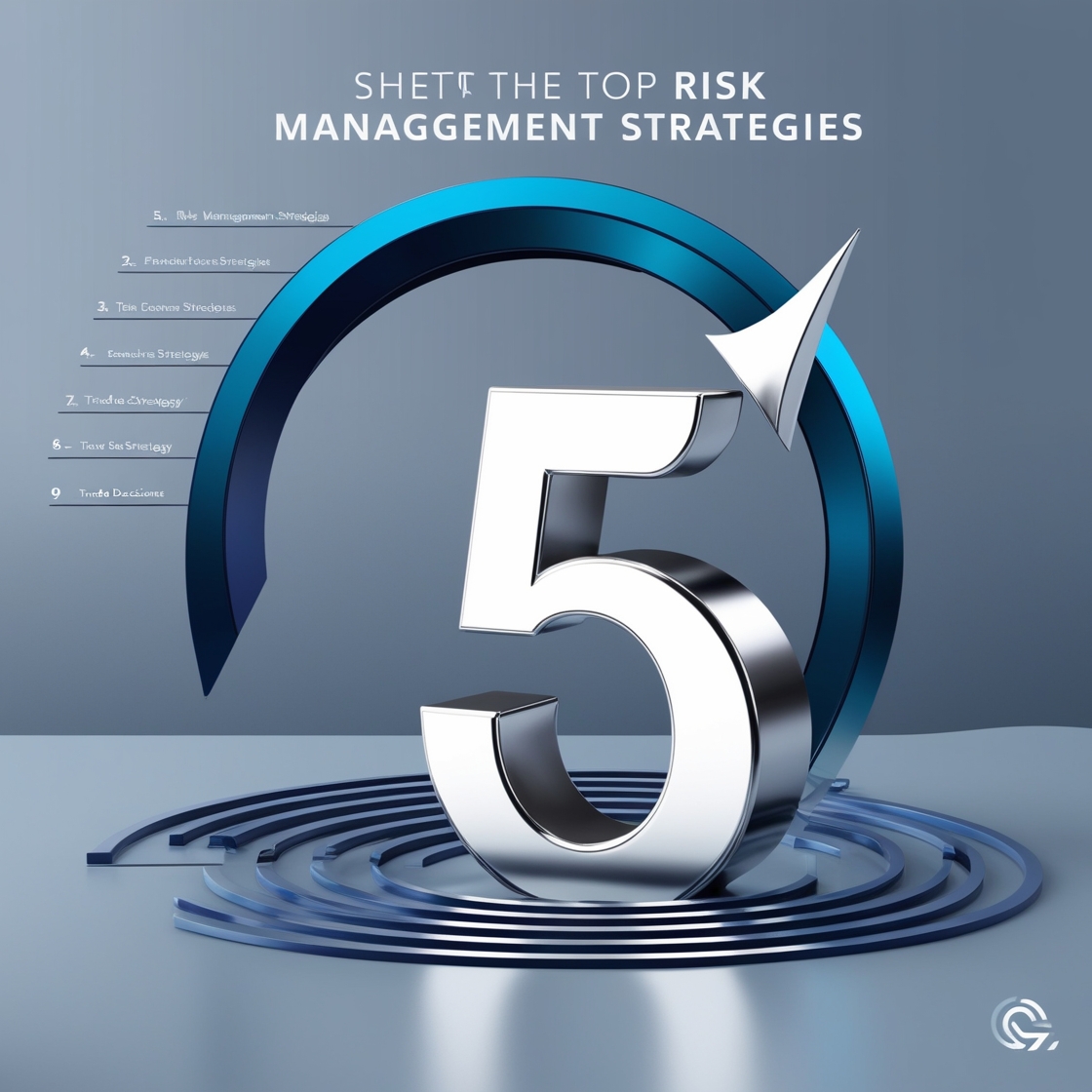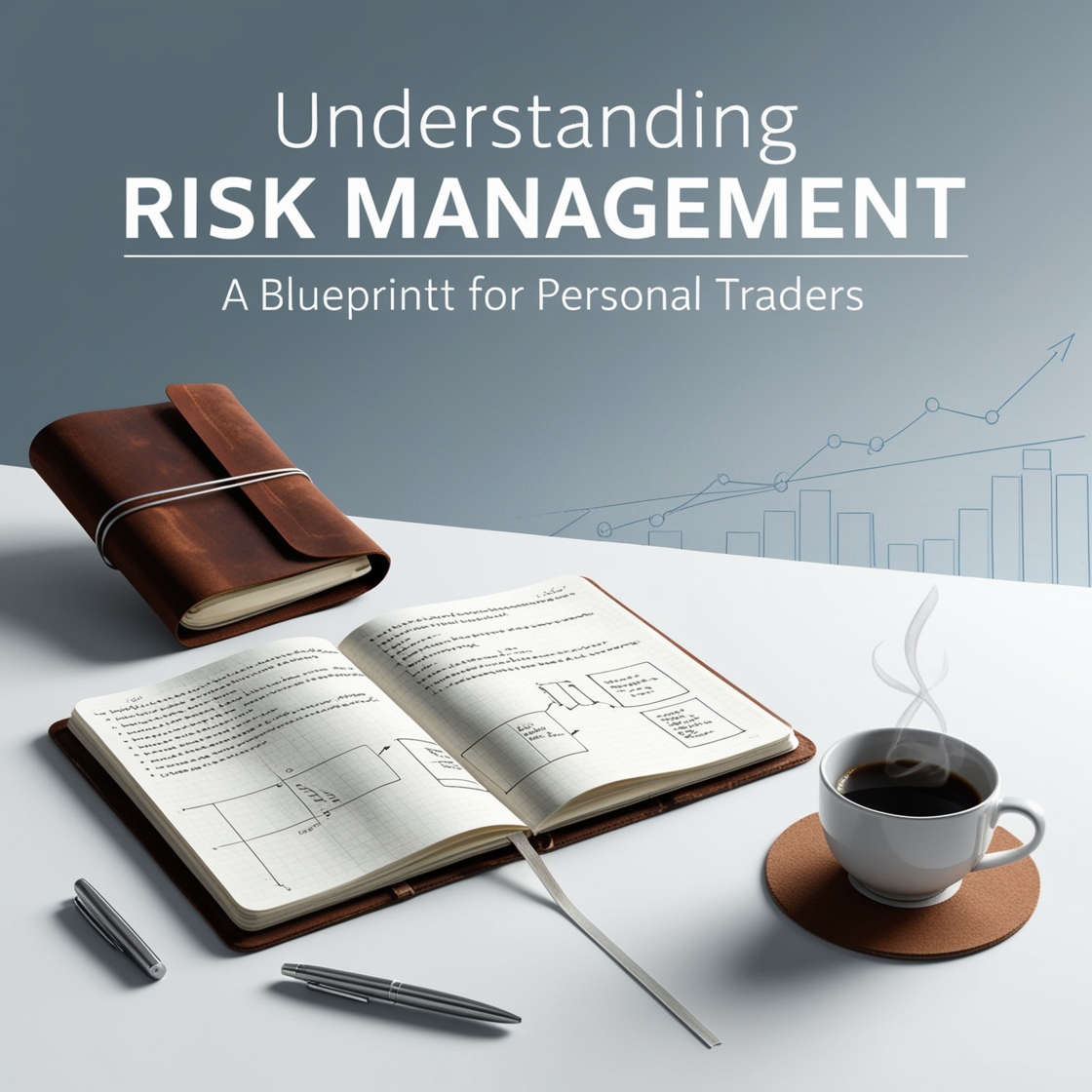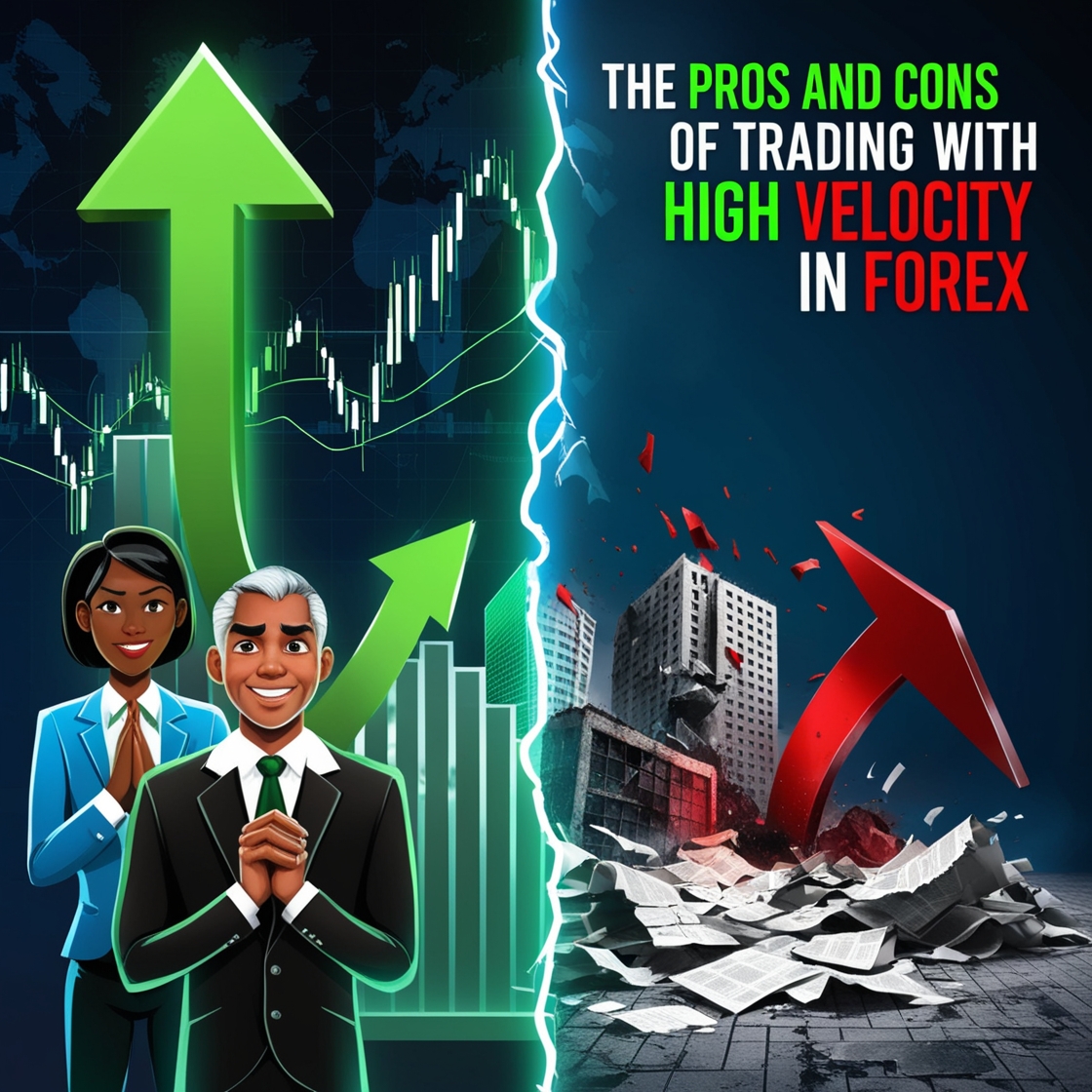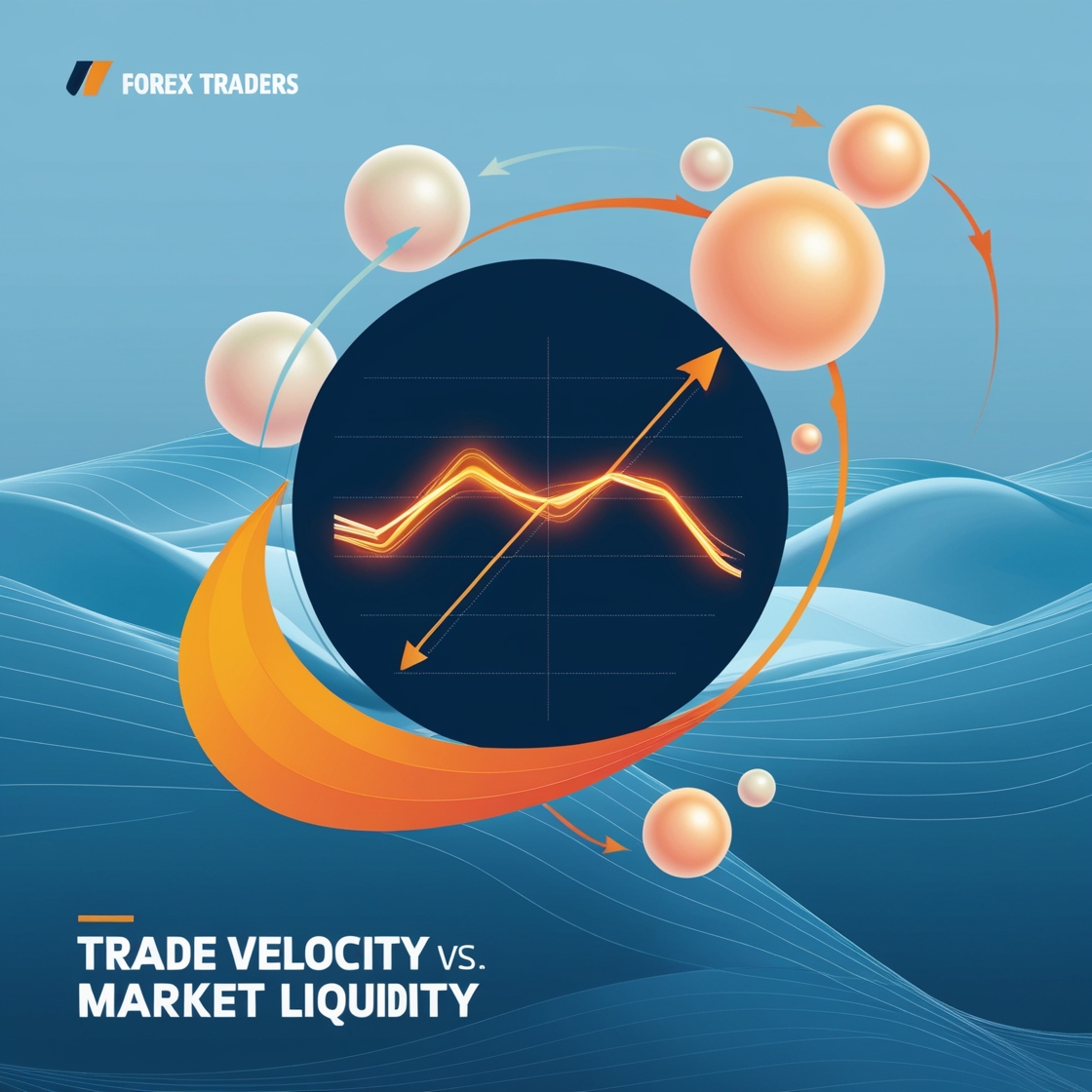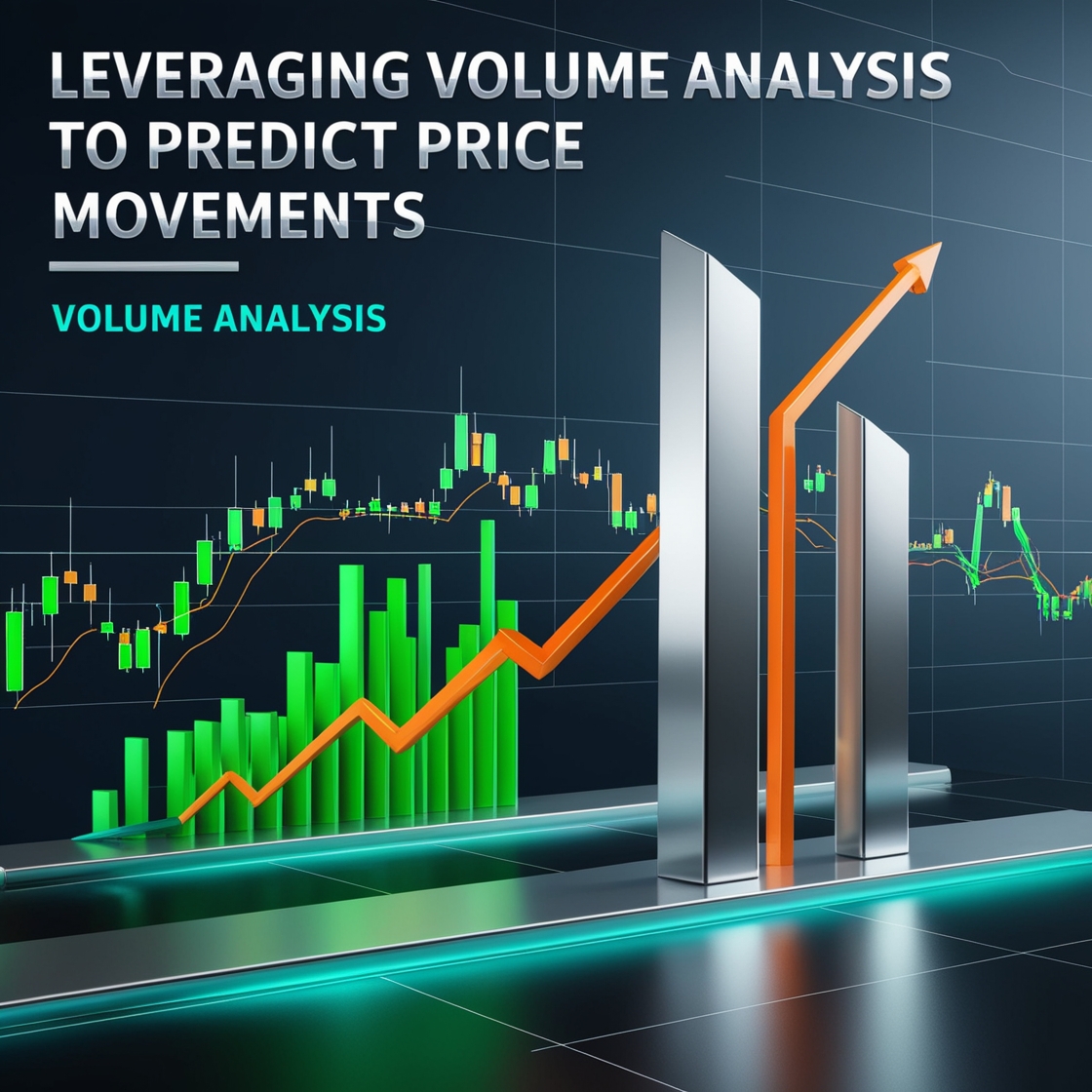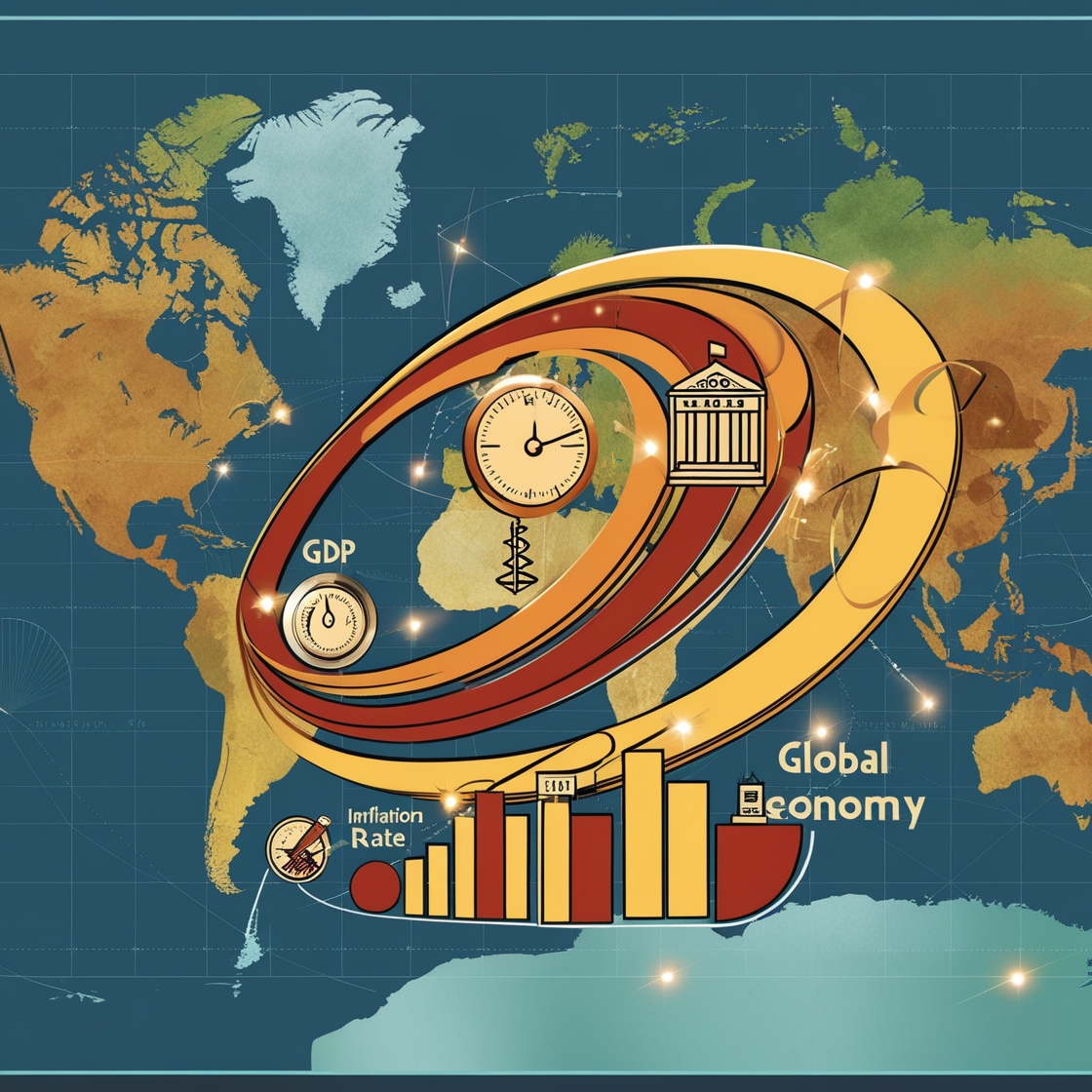Position Sizing: The Key to Managing Risks in High-Velocity Trading
Introduction High-velocity trading is not for the faint-hearted. In this fast-paced environment, where milliseconds can mean the difference between profit and loss, managing risks becomes paramount. Among the arsenal of risk management tools available to traders, position sizing stands out as a cornerstone. Proper position sizing ensures you’re not overexposed to market fluctuations while maximizing … Read more
